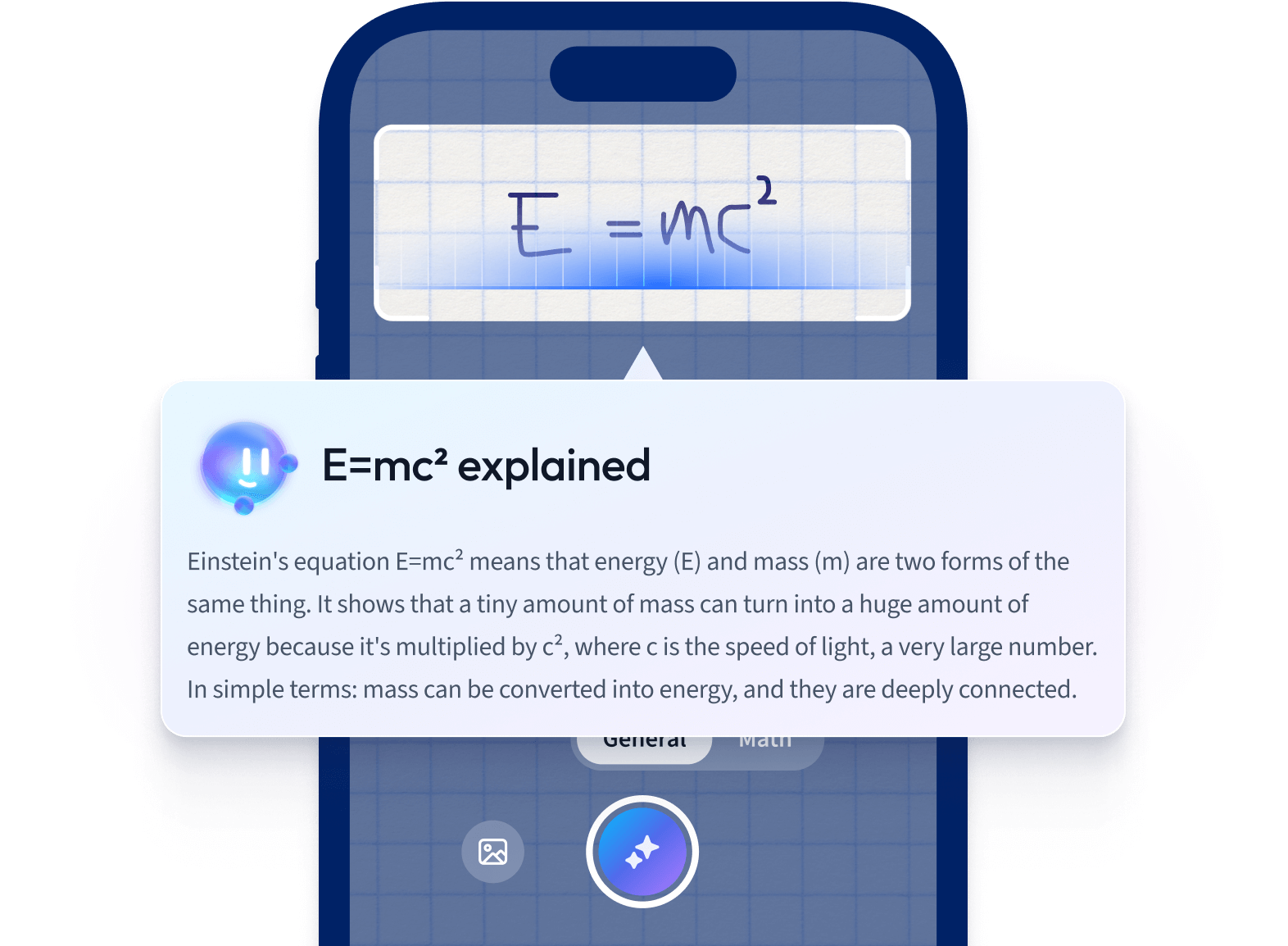Purpose of Investment Appraisal
Investment appraisal is a process of analysing whether an investment project is worthwhile or not. It includes techniques that assess the profitability of investing in a long-term project.
Investment appraisal is an analysis conducted to help firms and their managers in specific situations. Here are some cases where it is adopted:
When a firm has to decide on whether to take on a project or not.
When a firm has to decide on which project to choose.
When there is a largely irreversible commitment of resources associated with a project.
In order to be successful, the analysis needs to be based on strategic planning, in line with the organizational objectives of a company. It should be based on reliable forecasting as it is necessary to know the associated costs and likely revenues of the venture.
Investment Appraisal Methods and Examples
There are three techniques of investment appraisal:
Payback Period
The payback period is the length of time it will take a project to return the money invested. It calculates how long it will take for the revenues to cover the costs.
A company invests £1,000,000 in a project which is expected to give a profit of £500,000 a year.
| Year | Profit | Cumulative Profit |
| 1 | £ 500,000 | 500,000 |
| 2 | £ 500,000 | £ 1,000,000 |
| 3 | £ 500,000 | £ 1,500,000 |
Since the cumulative profit reaches £1,000,000 at the end of year 2, then the payback period is 2 years.
The shorter the payback period, the faster the money invested in a project will be returned and the less time a firm's money will be at risk. Typically, a project with the shortest payback period would be chosen.
Average Rate of Return (ARR)
The average rate of return (ARR) is the average annual return (profit) of an investment. It is expressed as a percentage of the original sum invested.
The formula for calculating ARR is the following:
A firm invests £1,900,000 in a project with an expected return of £2,400,000. The project is going to last 8 years.
If the expected return is £2,400,000 and the project is going to last 8 years, then the average annual return is £300,000.
If the average annual return is £300,000 and the investment is £1,900,000, then the average rate of return is 15.8%.
The higher the average rate of return, the higher the return on investment. Typically, a project with the highest ARR would be chosen.
Net Present Value (NPV)
Net present value (NPV) is the current value of the future expected cash flows. It considers the time value of money. To calculate NPV, discounted cash flows are used.
Discounted cash flows consider the interest that the money could have accumulated if it were sitting in the bank earning interest. That is why the amount by which the cash flow will be discounted depends on the interest rate.
A firm is considering investing in a project that requires an investment £ 1,900,000. It is then expected to give revenues as follows:
| Year | Revenue |
| 1 | £ 200,000 |
| 2 | £ 300,000 |
| 3 | £ 350,000 |
| 4 | £ 350,000 |
| 5 | £ 400,000 |
| 6 | £ 400,000 |
| 7 | £ 300,000 |
| 8 | £ 100,000 |
| Total revenue | £ 2,400,000 |
Since total revenue is £2,400,000 and investment is £ 1,900,000, then the profit will be £ 500,000.
However, since money loses value over time, we need to consider the rate of interest. The discount factor in the table is 5%.
| Year | Return x Discount factor = Present value |
| 1 | £ 200,000 x 0.952 = £ 190,400 |
| 2 | £ 300,000 x 0,907 = £ 272,100 |
| 3 | £ 350,000 x 0.864 = £ 302,040 |
| 4 | £ 350,000 x 0.823 = £ 288,050 |
| 5 | £ 400,000 x 0.784 = £ 313,600 |
| 6 | £ 400,000 x 0.746 = £ 298,400 |
| 7 | £ 300,000 x 0.711 = £ 213,300 |
| 8 | £ 100,000 x 0.677 = £ 67,700 |
| Total present value | £ 1,945,950 |
Since total present value is £ 1,945,950 and the investment was £ 1,900,000, then the net present value will be £45,950.
The higher the net present value, the higher the current value of the future expected cash flows. Typically, a project with the highest NPV would be chosen.
Advantages and Disadvantages of Investment Appraisal
Below you will find the advantages and disadvantages of the above-mentioned investment appraisal methods. By weighing the pros and cons of each approach, you can decide on the best one to use on different occasions:
Payback period
+ Useful when cash flow is a problem. It emphasizes the importance of a quick return.
- Ignores what happens after the payback.
Average rate of return
+ The only method that uses the concept of profit.
- Average profit can be misleading and hide large fluctuations.
Net profit value
+ Recognizes that money loses value over time.
- Deciding upon the appropriate discount rate.
What are the Risks and Uncertainties about the Investment Appraisal?
Investment appraisal can be affected by some factors which make the process unreliable and less relevant. These include:
False data - estimated profits and cash flows can be easily overstated.
Duration of the project - estimated costs, revenues and cash flows may change over time.
Investment size - the more of the available funds are used, the more risky the project gets.
Changing environment - economics and markets constantly change and therefore, the stated data may become inaccurate.
Sensitivity Analysis
Sensitivity analysis, or the so-called 'what if' analysis, is a method used to analyze the effects of changes in one variable. Simply put, what will happen if the value of a particular variable changes.
| Variable | Pessimistic | Expected | Optimistic |
| Selling price | £ 5 | £ 7 | £ 9 |
| Variable cost per unit | £ 5 | £ 4 | £ 3 |
| Fixed cost | £ 9,000 | £ 8,000 | £ 7,000 |
| Sales | 2,000 | 4,000 | 6,000 |
To carry out the sensitivity analysis, we need to change one of the variables. Assume things went as expected, besides the fact that there was huge competition in the market, and prices had to be lowered to £6.
£ 6 x 4,000 = £ 24,000 (revenue)
£ 4 x 4,000 = £ 16,000 (variable costs)
£ 16,000 + £ 8,000 = £ 24,000 (total costs)
£ 24,000 - £ 24,000 = £0
This way the firm would not make any profit but it would not make a loss either.
Now let's assume that everything went as expected.
£ 7 x 4,000 = £ 28,000 (revenue)
£ 4 x 4,000 = £ 16,000 (variable costs)
£ 16,000 + £ 8,000 = £ 24,000 (total costs)
£ 28,000 - £ 24,000 = £4,000
This way the firm would make a profit.
As the sensitivity analysis allows managers to see the consequences of changes, it helps in identifying which variables have the biggest impact on the outcome of decisions. It also helps in understanding the level of risk involved in decisions.
Investment Appraisal - Key Takeaways
Investment appraisal is a process of analysing whether an investment project is worthwhile or not. It includes techniques that assess the profitability of investing in a long-term project.
There are three techniques of investment appraisal: payback period, average rate of return and net present value.
The payback period is the length of time it will take a project to return the money invested. It calculates how long it will take for the revenues to cover the costs.
The average rate of return (ARR) is the average annual return (profit) of an investment. It is expressed as a percentage of the original sum invested.
Net present value (NPV) is the current value of the future expected cash flows. It considers the time value of money. To calculate NPV, discounted cash flows are used.
Sensitivity analysis, or the 'what if' analysis, is a method used to analyze the effects of changes in one variable. Simply put, what will happen if a value of a particular variable will change.
How we ensure our content is accurate and trustworthy?
At StudySmarter, we have created a learning platform that serves millions of students. Meet
the people who work hard to deliver fact based content as well as making sure it is verified.
Content Creation Process:
Lily Hulatt is a Digital Content Specialist with over three years of experience in content strategy and curriculum design. She gained her PhD in English Literature from Durham University in 2022, taught in Durham University’s English Studies Department, and has contributed to a number of publications. Lily specialises in English Literature, English Language, History, and Philosophy.
Get to know Lily
Content Quality Monitored by:
Gabriel Freitas is an AI Engineer with a solid experience in software development, machine learning algorithms, and generative AI, including large language models’ (LLMs) applications. Graduated in Electrical Engineering at the University of São Paulo, he is currently pursuing an MSc in Computer Engineering at the University of Campinas, specializing in machine learning topics. Gabriel has a strong background in software engineering and has worked on projects involving computer vision, embedded AI, and LLM applications.
Get to know Gabriel











